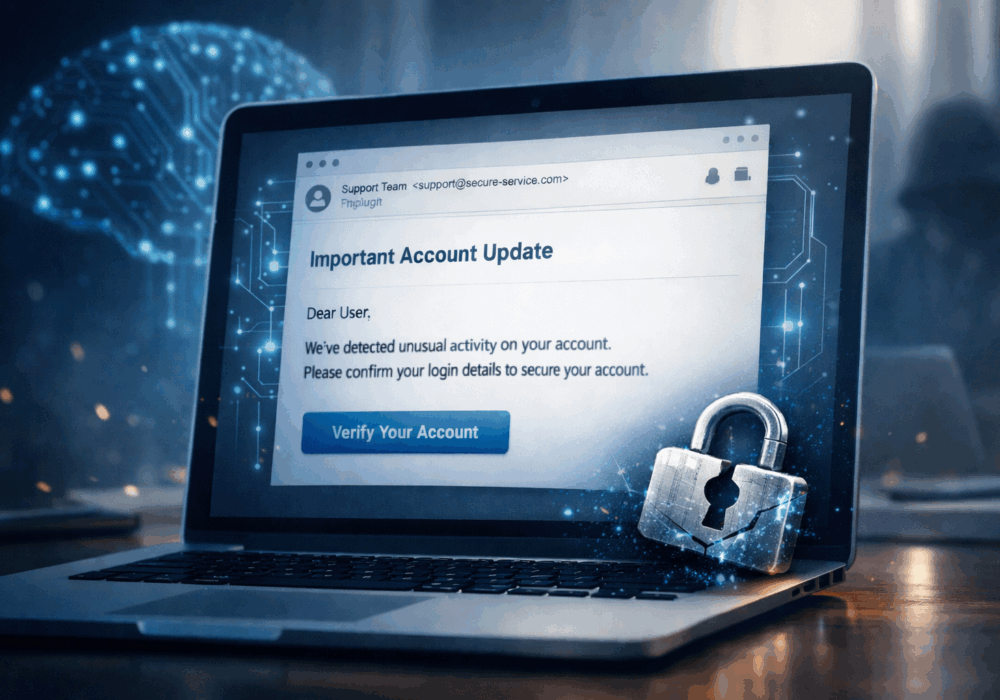The Rise (again) of Malicious Advertisements
In the constantly evolving landscape of cybersecurity threats, malicious advertisements (also known as “malvertising”) has emerged as a significant challenge. A recent report by Sophos highlights the alarming trend of cybercriminals using paid advertisements to direct users to malicious websites, resulting in the spread of malware infections like IcedID and Gozi.
Malvertising, a blend of “malicious advertising,” is not a novel concept but has gained momentum recently. This technique involves cybercriminals buying ads to ensure their malicious sites appear prominently in search results, targeting individuals seeking to download popular software applications. Such strategies have evolved from the traditional SEO poisoning, where attackers manipulate search engine algorithms to rank their malicious sites higher.
Recent malvertising campaigns have shifted focus to AI-related tools like Midjourney and ChatGPT, expanding beyond common targets like Capcut, Blender 3D, VirtualBox, and others. This strategic shift indicates the adaptability of cybercriminals to emerging technologies and user trends.
Early 2023 witnessed a significant spike in malvertising, with threat actors leveraging it to distribute information stealing malware like Rhadamanthys and IcedID. This rise could partly be attributed to changes in malware distribution methods, spurred by Microsoft’s decision to block macros from untrusted sources, prompting threat actors to explore alternative avenues like malvertising.
The underground economy has contributed to the proliferation of malvertising. Criminal forums and marketplaces offer services and tools for SEO poisoning and malvertising, making these tactics more accessible and affordable for a wider range of cybercriminals.
The typical malvertising infection chain in late 2022 and early 2023 involved several steps:
To safeguard against such sophisticated attacks, businesses need to implement comprehensive cybersecurity strategies. Key measures include:
Malicious Advertisements aren’t going away. They play on the trust Internet users have for brands and websites hackers have infiltrated or compromised. Trusting users download what they believe are legitimate files or applications leading to critical damage to company devices, networks, potentially exposing company data.
Train your users to be cautious. Install all patches and system updates. Backup your critical data. Limit privileges on systems by removing local administrative rights. Following these precautions can go a long way in protecting your business from the ever evolving threat landscape we all face online today.
Watch this 6 min video to learn how Google Ads can be hijacked by hackers and how Google will ban them when found. If this has happened to you, the company behind this video can assist you in fixing the problem so you can once again publish Google Ads for your products and services.
Source:
https://news.sophos.com/en-us/2023/07/20/bad-ad-fad-leads-to-icedid-gozi-infections/
Discover and share the latest cybersecurity trends, tips and best practices – alongside new threats to watch out for.

Phishing emails used to be easy to spot. Bad grammar. Weird links. Obvious scams. Those days are...
Read more
Cybercriminals always follow Internet eyeballs. Not literally, but figuratively. And today's eyeballs are...
Read more
Active Attacks on Messaging Apps The Cybersecurity and Infrastructure Security Agency (CISA) recently issued...
Read moreGet sharper eyes on human risks, with the positive approach that beats traditional phish testing.
